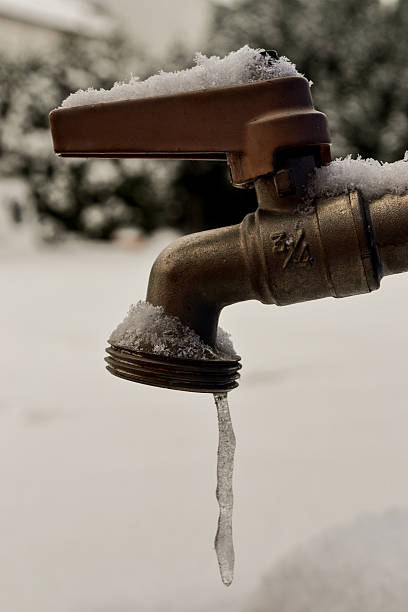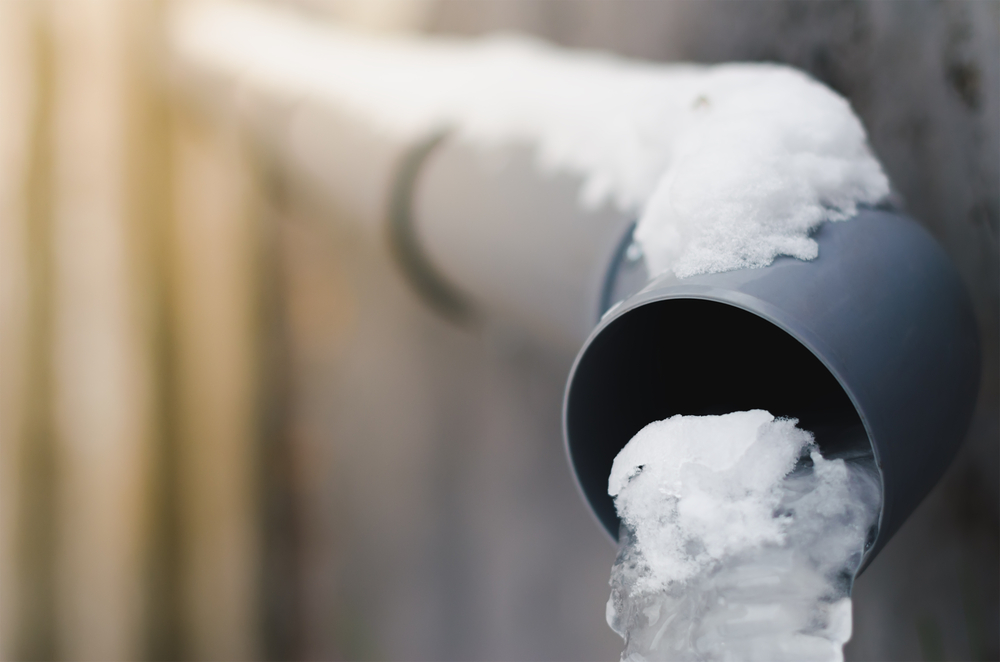Shielding Your Pipes from Cold Weather Issues: Key Approaches
Shielding Your Pipes from Cold Weather Issues: Key Approaches
Blog Article
Were you in search of critical info about Prevent Frozen Pipes ?

Cold weather can wreak havoc on your plumbing, specifically by freezing pipelines. Right here's just how to stop it from taking place and what to do if it does.
Introduction
As temperature levels decline, the danger of icy pipelines increases, potentially leading to expensive repairs and water damage. Recognizing exactly how to stop icy pipes is essential for home owners in cold climates.
Comprehending Icy Pipelines
What causes pipelines to ice up?
Pipelines ice up when revealed to temperatures below 32 ° F (0 ° C) for prolonged periods. As water inside the pipes ices up, it increases, putting pressure on the pipe wall surfaces and possibly creating them to rupture.
Threats and damages
Icy pipes can bring about water disruptions, property damages, and costly repair services. Burst pipes can flooding homes and trigger considerable architectural damages.
Indications of Frozen Pipeline
Determining frozen pipelines early can avoid them from bursting.
How to determine frozen pipelines
Try to find reduced water flow from faucets, uncommon odors or sounds from pipelines, and visible frost on subjected pipelines.
Prevention Tips
Insulating at risk pipelines
Wrap pipelines in insulation sleeves or make use of warm tape to protect them from freezing temperature levels. Focus on pipes in unheated or exterior locations of the home.
Home heating strategies
Maintain interior spaces properly heated up, specifically locations with pipes. Open cabinet doors to permit cozy air to flow around pipelines under sinks.
Securing Exterior Pipes
Garden hoses and outdoor faucets
Detach and drain garden pipes before winter season. Install frost-proof faucets or cover exterior taps with shielded caps.
What to Do If Your Pipes Freeze
Immediate actions to take
If you think frozen pipes, keep taps open up to ease stress as the ice melts. Use a hairdryer or towels taken in warm water to thaw pipelines slowly.
Long-Term Solutions
Structural adjustments
Consider rerouting pipelines far from outside wall surfaces or unheated areas. Add additional insulation to attic rooms, basements, and crawl spaces.
Upgrading insulation
Purchase top notch insulation for pipes, attic rooms, and wall surfaces. Correct insulation helps preserve regular temperatures and minimizes the threat of frozen pipes.
Final thought
Protecting against icy pipes requires proactive procedures and quick responses. By recognizing the reasons, signs, and safety nets, home owners can secure their plumbing during winter.
5 Ways to Prevent Frozen Pipes
Drain Outdoor Faucets and Disconnect Hoses
First, close the shut-off valve that controls the flow of water in the pipe to your outdoor faucet. Then, head outside to disconnect and drain your hose and open the outdoor faucet to allow the water to completely drain out of the line. Turn off the faucet when done. Finally, head back to the shut-off valve and drain the remaining water inside the pipe into a bucket or container. Additionally, if you have a home irrigation system, you should consider hiring an expert to clear the system of water each year.
Insulate Pipes
One of the best and most cost-effective methods for preventing frozen water pipes is to wrap your pipes with insulation. This is especially important for areas in your home that aren’t exposed to heat, such as an attic. We suggest using foam sleeves, which can typically be found at your local hardware store.
Keep Heat Running at 65
Your pipes are located inside your walls, and the temperature there is much colder than the rest of the house. To prevent your pipes from freezing, The Insurance Information Institute suggests that you keep your home heated to at least 65 degrees, even when traveling. You may want to invest in smart devices that can keep an eye on the temperature in your home while you’re away.
Leave Water Dripping
Moving water — even a small trickle — can prevent ice from forming inside your pipes. When freezing temps are imminent, start a drip of water from all faucets that serve exposed pipes. Leaving a few faucets running will also help relieve pressure inside the pipes and help prevent a rupture if the water inside freezes.
Open Cupboard Doors
Warm your kitchen and bathroom pipes by opening cupboards and vanities. You should also leave your interior doors ajar to help warm air circulate evenly throughout your home.

Do you like reading up on Preventing and dealing with frozen pipes? Try to leave a remark further down. We would be pleased to know your feelings about this piece. We hope that you visit us again before long. For those who appreciated our blog entry plz do not forget to pass it around. We thank you for your readership.
This Resource Report this page